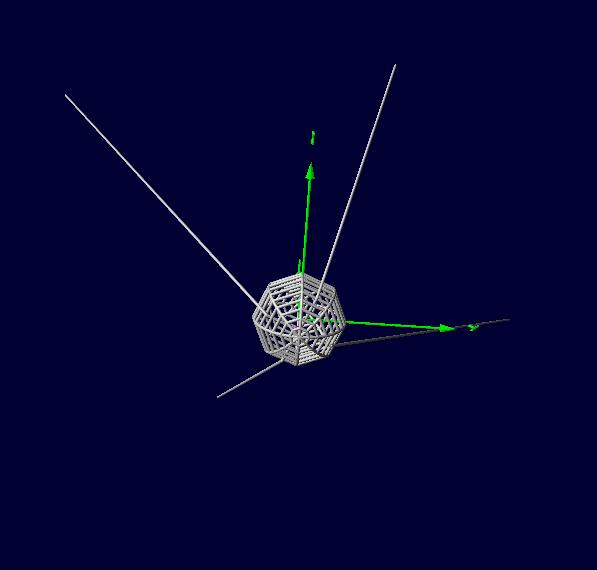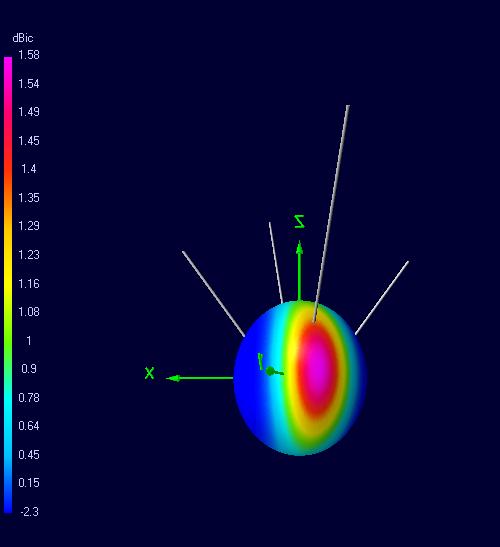Sputnik NEC model(real size)!
时间:03-31
整理:3721RD
点击:
Sputnik NEC Model.
In conmemoration of the 50 years of the launch of the sputnik want to share with you a sputnik NEC model i made. enjoy it!.
Extracted from wikipedia:
"Sputnik 1 (Russian: "Спутник-1", "Satellite-1", or literally "Co-pather-1" byname ПС-1 (PS-1, i.e. "Простейший Спутник-1", or Elementary Satellite-1)) was the first artificial satellite to be put into geocentric orbit. Launched by the Soviet Union on October 4, 1957.
The satellite traveled at 29,000 kilometers (18,000 mi) per hour and emitted radio signals at 20.005 and 40.002 MHz. The satellite was a 585 mm (23 in) diameter sphere, were 2mm-thick.
Each antenna was made up of two whip-like parts: 2.4 and 2.9 meters (7.9 and 9.5 ft) in length,[30] and had an almost spherical radiation pattern.
The whip-like pairs of antennas resembled four long "whiskers" pointing to one side, at equal 35 degrees angles with the longitudinal axis of the satellite.
The satellite had a one-watt, 3.5 kg[18] radio transmitting unit inside, developed by V. I. Lappo from NII-885,[32] that worked on two frequences, 20.005 and 40.002 MHz."
i have been having some trouble making the antennas to work, they are not matched at all. if any one makes it please let me know how.
I hope you enjoy!
In conmemoration of the 50 years of the launch of the sputnik want to share with you a sputnik NEC model i made. enjoy it!.


Extracted from wikipedia:
"Sputnik 1 (Russian: "Спутник-1", "Satellite-1", or literally "Co-pather-1" byname ПС-1 (PS-1, i.e. "Простейший Спутник-1", or Elementary Satellite-1)) was the first artificial satellite to be put into geocentric orbit. Launched by the Soviet Union on October 4, 1957.
The satellite traveled at 29,000 kilometers (18,000 mi) per hour and emitted radio signals at 20.005 and 40.002 MHz. The satellite was a 585 mm (23 in) diameter sphere, were 2mm-thick.
Each antenna was made up of two whip-like parts: 2.4 and 2.9 meters (7.9 and 9.5 ft) in length,[30] and had an almost spherical radiation pattern.

The whip-like pairs of antennas resembled four long "whiskers" pointing to one side, at equal 35 degrees angles with the longitudinal axis of the satellite.
The satellite had a one-watt, 3.5 kg[18] radio transmitting unit inside, developed by V. I. Lappo from NII-885,[32] that worked on two frequences, 20.005 and 40.002 MHz."
i have been having some trouble making the antennas to work, they are not matched at all. if any one makes it please let me know how.
I hope you enjoy!
